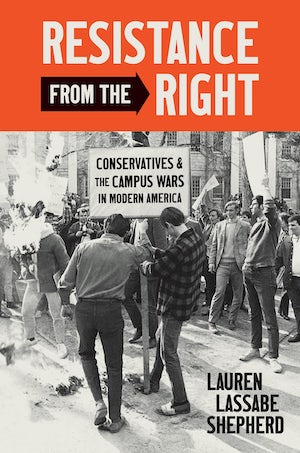National Review and its sister magazines had several functions for the growing conservative movement: they provided a medium for identity formation, places to collaborate on ideas and strategies, and sites to build discursive prose that challenged popular opinion. Editorials triggered affective responses from readers without regard for empiricism. It did not matter whether the reporting that readers received was true, or whether the editorials were based in expert opinion, so long as the content resonated with consumers searching for common cause between the pages. Conservative writings were, as scholar Steven Selden explains, “designed for affiliation, not clarification.” Accordingly, the conservative countersphere could be used to “inoculate” consumers “against ideology-contradicting facts and arguments.”
Writers building the conservative countersphere directed college students in their charge to follow suit. Because university-sponsored newspapers were perceived as tinged with the common academic and media afflictions of liberalism, the students needed to create alternative periodicals modeled on their national examples. Even more alarming, Morton Blackwell, executive director of the College Republican National Committee (CRNC) from 1965 to 1970, was explicit in stating that his students were behind on this critical “technology” that the New Left had already mastered. If the Right could figure out how to operate like left-wing groups’ “underground” papers, independent of the campus press, then their content would not be beholden to administrative oversight. With this relative subject-matter freedom, the Intercollegiate Studies Institute (ISI)— created in 1953 by writers at the Freeman and Human Events magazines and bankrolled by the William Volker Fund as a foil to the Intercollegiate Socialist Society—supplied students with ideas from the national office and conservative magazines, such as National Review, Human Events, Modern Age, and Public Interest. As Blackwell recalled, the Foundation for Economic Education gave a free subscription of its journal, the Freeman, to any college student who requested one.
ISI regional directors helped connect students at different campuses within their districts to share publishing resources from the national organization. Student journals included Yale’s Alternative, the Harvard Conservative, the University of Wisconsin’s Insight and Outlook, the University of Chicago’s New Individualist Review, and the University of Missouri’s Conservative Digest. ISI’s own publication, the Intercollegiate Review, claimed a readership of 45,000 by 1967.
